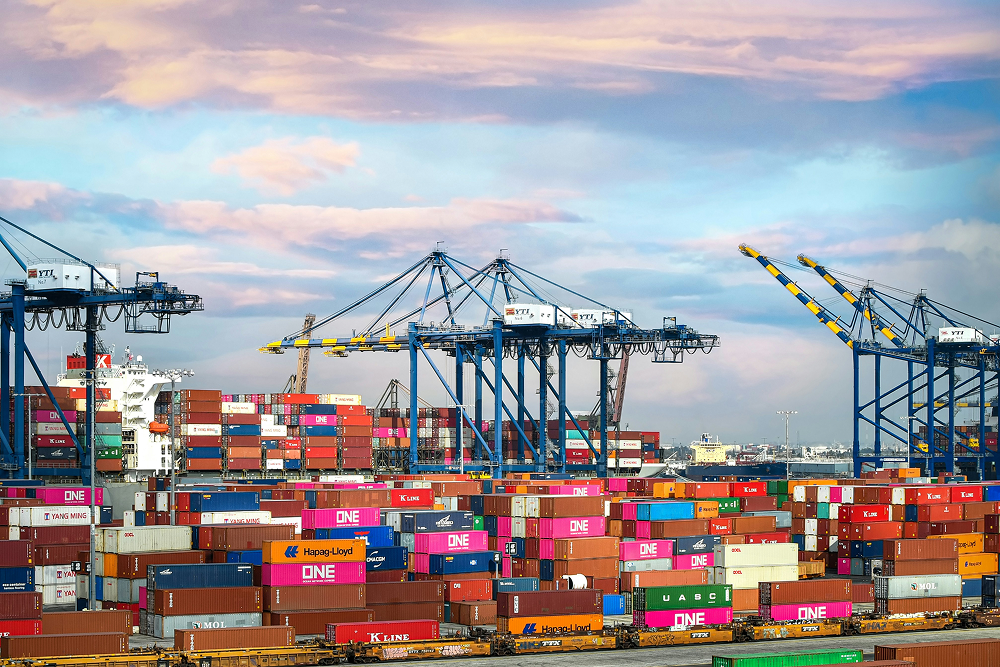Incoterms, short for International Commercial Terms, are standardized trade terms published by the International Chamber of Commerce (ICC) that define the responsibilities of buyers and sellers throughout the shipping process. These globally recognized rules outline who is responsible for tasks like loading, transport, insurance, customs clearance, and delivery, as well as who bears the costs and risks at each stage of the shipment. The latest version, Incoterms 2020, is divided into two categories: 7 rules for any mode of transport and 4 rules for sea and inland waterway transport. By clearly defining the transfer point of risk and cost, Incoterms help prevent misunderstandings and support smoother global trade operations. Understanding and selecting the right Incoterm is essential to calculating shipping costs, minimizing liability, and ensuring that both parties in a transaction are aligned on their responsibilities.

Packing and Verification
Loading
Transport
Customs Export
Handling (Export)
Freight
Handling (Import)
Customs Import
Transportation to Destination
Unloading
Seller makes goods available at their premises or another specified site; no loading or export clearance required. Buyer bears all costs and risk from that point.
Seller delivers goods, cleared for export, to a carrier or party nominated by the buyer at a named place. Risk passes upon delivery to the carrier.
Seller pays for carriage to the named destination, but risk transfers once goods are handed over to the first carrier.
Same as CPT, but requires seller to provide insurance for goods during carriage, at least minimum coverage.
Seller delivers goods, ready for unloading, at the named destination. Seller covers costs and risks until then; buyer handles import clearance and unloading.
New term replacing DAT, requiring seller to deliver goods unloaded at the named destination. Seller bears all costs and risks including unloading.
Seller delivers goods ready for unloading at buyer’s country, covering all costs and risks, including import duties and clearance. Buyer is only responsible for unloading.
Seller delivers goods alongside the vessel at the named port of shipment. Risk transfers once goods are alongside the ship.
Seller loads goods onboard the buyer’s nominated vessel; risk transfers once on board.
Seller pays freight to the port of destination but risk transfers to buyer upon loading on vessel at port of shipment.
Same as CFR, but seller must procure minimum insurance to cover buyer’s risk during carriage.